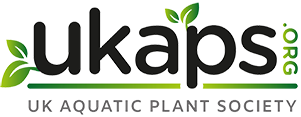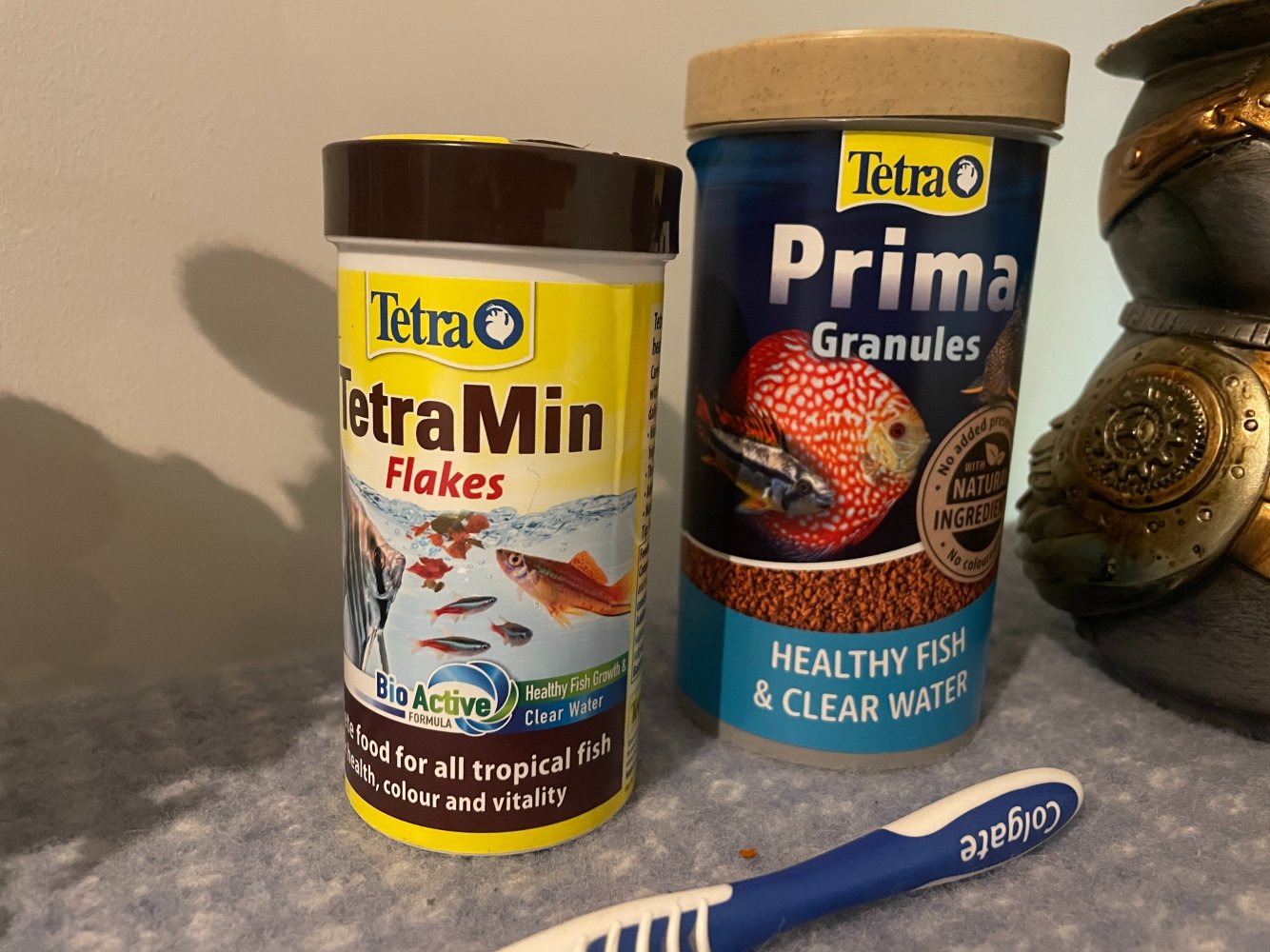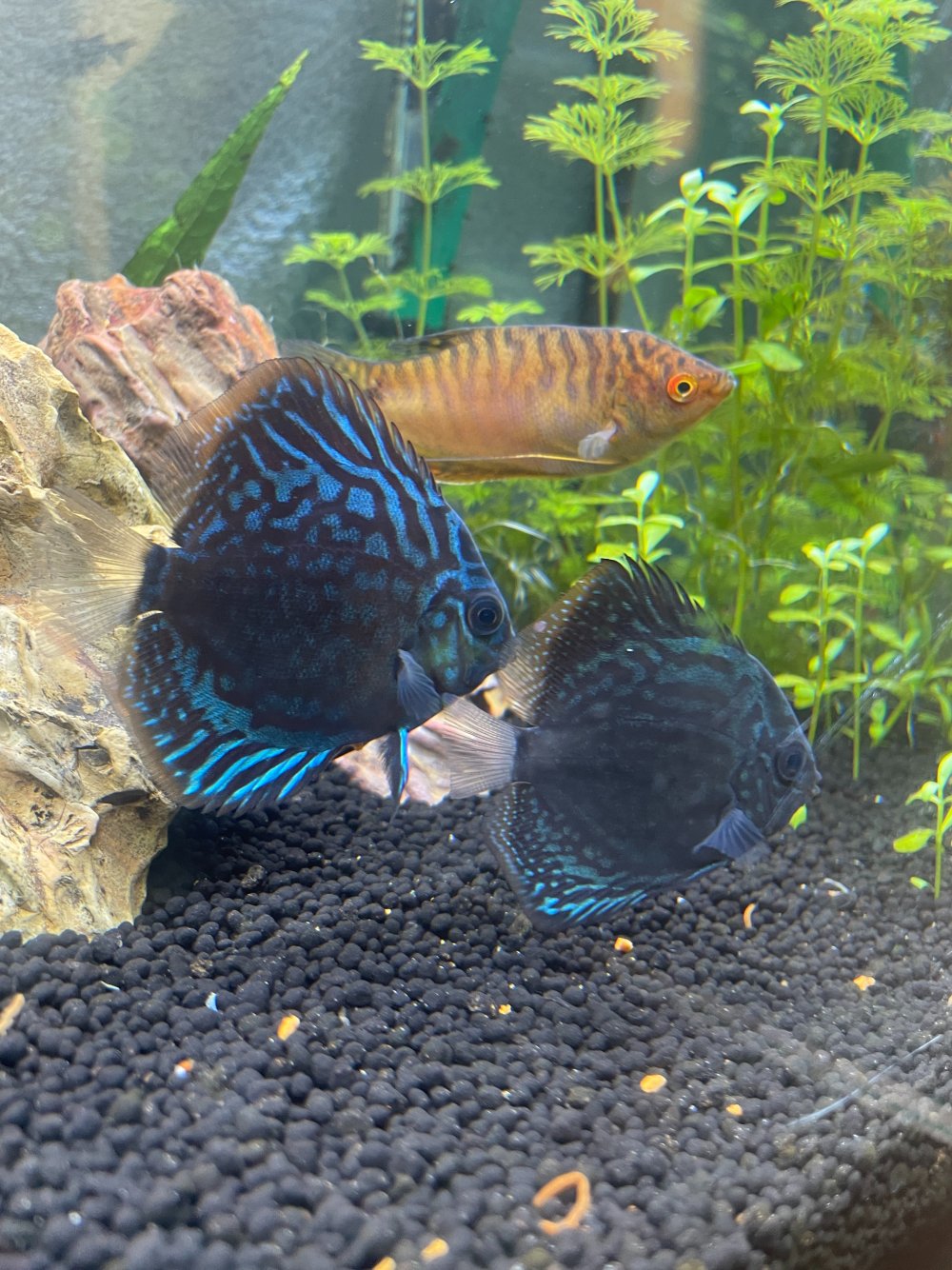Hey everyone,
I have been wondering lately, what is the best option for fish food.
Initially, I was feeding all my fish with Tetra Flakes. I had 1 Golden Gourami, 2 Zebra Danios, 7 Cardinal Tetra, 1 Otto, and 5 Amano Shrimp. All was good UNTIL I added 2 Juvenile Discus.
I started by adding Prime Granules and, once a day, bloodworms, mainly for the Discus. My Gourami became good friends with the Discus and they hang around quite a lot, peacefully. With this, my Gourami doesn't run to eat the Tetra Flakes anymore (something the Discus do not eat at all. The Gourami and the Discus do enjoy the Prima Granules, but they will eat it through the day unlike the bloodworms - the three of them do go around eating the worm - happily.
So, in order to make sure I am feeding all fish well and enough, I was thinking about what the best food and brands would be for the fish I currently have - and do note I will be adding some Corys this Friday.
Thank you for the help - I have added a picture of the food I have and my Trio too 🙂
Journal -https://www.ukaps.org/forum/threads/renovated-dragon-rock-tank.77051/
I have been wondering lately, what is the best option for fish food.
Initially, I was feeding all my fish with Tetra Flakes. I had 1 Golden Gourami, 2 Zebra Danios, 7 Cardinal Tetra, 1 Otto, and 5 Amano Shrimp. All was good UNTIL I added 2 Juvenile Discus.
I started by adding Prime Granules and, once a day, bloodworms, mainly for the Discus. My Gourami became good friends with the Discus and they hang around quite a lot, peacefully. With this, my Gourami doesn't run to eat the Tetra Flakes anymore (something the Discus do not eat at all. The Gourami and the Discus do enjoy the Prima Granules, but they will eat it through the day unlike the bloodworms - the three of them do go around eating the worm - happily.
So, in order to make sure I am feeding all fish well and enough, I was thinking about what the best food and brands would be for the fish I currently have - and do note I will be adding some Corys this Friday.
Thank you for the help - I have added a picture of the food I have and my Trio too 🙂
Journal -https://www.ukaps.org/forum/threads/renovated-dragon-rock-tank.77051/




